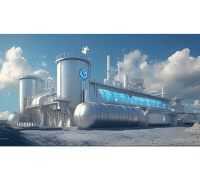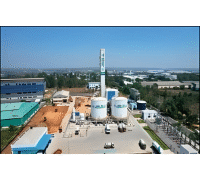NITI Aayog has proposed numerous fiscal and non-fiscal interventions for the chemical sector, which includes the opex scheme, rapid-tracking environmental clearances, focused negotiations for the sector in all free-trade agreements and concentrate on talent and skill upgradation to improve India’s global competitiveness in the chemical sector.
In its report “Chemical industry: Powering India’s participation in global value chains”, announced lately, NITI Aayog has called for incentivizing incremental manufacturing of chemicals based on import bill, export ability, single source nation’s Dependence, give up-market criticality, etc., to chose participants for a fixed numbers of years.
Along with this, it has proposed development of existing port infrastructure, establishment of world-class chemical hubs beneath an empowered committee and technological improvements by R&D to become to be self-reliant. NITI Aayog is of the view that those targeted reforms encompassing a comprehensive variety of fiscal and non fiscal interventions will allow India to have a $1-trillion chemical sector and gain 12% GVC (global value chain) share by 2040, as a result turning into a global chemical powerhouse.
India ambitions to become a global chemical production hub with a 5-6% share of the global chemical value chain by 2030 in comparison to 3-3.5% now. The plan is to double its current manufacturing levels and decrease the trade deficit significantly from $31-bn in 2023 to reach a net zero trade balance in chemicals by 2030 at the same time as producing a additional export of $35-40-billion and generating around 7-lakh-skilled jobs.
According to the report, India’s chemical sector faces numerous structural challenges that constrain its global competitiveness.
“A key issue is the country’s heavy reliance on imported feedstock, which contributed to a $31-billion trade deficit in 2023, stemming from limited domestic backward integration,” it stated. “Infrastructure gaps, outdated industrial clusters, and excessive logistics costs have created a cost disadvantage compared to global peers,” it said, including the low funding of just 0.7% in research and development (R&D) in comparison to the global average of 2.3%, hampers indigenous innovation in high-price chemicals.
The report further stated regulatory delays, particularly in environmental clearances and a 30% shortfall in skilled professionals, in particular in emerging areas inclusive of green chemistry, nanotechnology, and process safety, restricts the growth of the sector.







